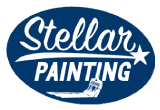What Is Industrial Facility Painting?
Industrial facility painting refers to the precision application of heavy-duty coatings on the structural and operational components of manufacturing plants, warehouses, chemical processing sites, and power generation facilities. Unlike standard architectural or residential paints, industrial facility painting utilizes advanced formulations—such as epoxies, polyurethanes, intumescents, and corrosion-resistant primers—engineered to bond tenaciously to steel, concrete, and machinery surfaces. These specialized coatings are designed to withstand extreme abrasion, chemical exposure, temperature fluctuations, and UV radiation, ensuring long-term protection in the harshest environments.
Professional industrial painting services combine surface preparation, coating selection, and expert application techniques to deliver uniform coverage and maximum adhesion. Proper surface cleaning, blasting, and priming are critical steps that eliminate contaminants and create the ideal substrate for high-performance coatings. By leveraging industry-grade equipment and trained technicians, industrial painting services achieve consistent film thickness, reduce the risk of coating failure, and meet stringent quality standards mandated by OSHA, NACE, and SSPC.
Investing in industrial facility painting is essential for heavy-duty operations because unprotected surfaces degrade rapidly under constant mechanical wear and chemical attack. Corrosion, spalling, and coating breakdown lead to costly downtime, increased maintenance, safety hazards, and potential regulatory non-compliance. High-quality industrial facility painting extends equipment life cycles, minimizes repair costs, enhances workplace safety through improved visibility and slip resistance, and supports environmental goals via low-VOC formulations. In competitive industrial sectors, reliable industrial painting services are not merely cosmetic—they are a strategic imperative to safeguard assets, ensure operational continuity, and control long-term costs.
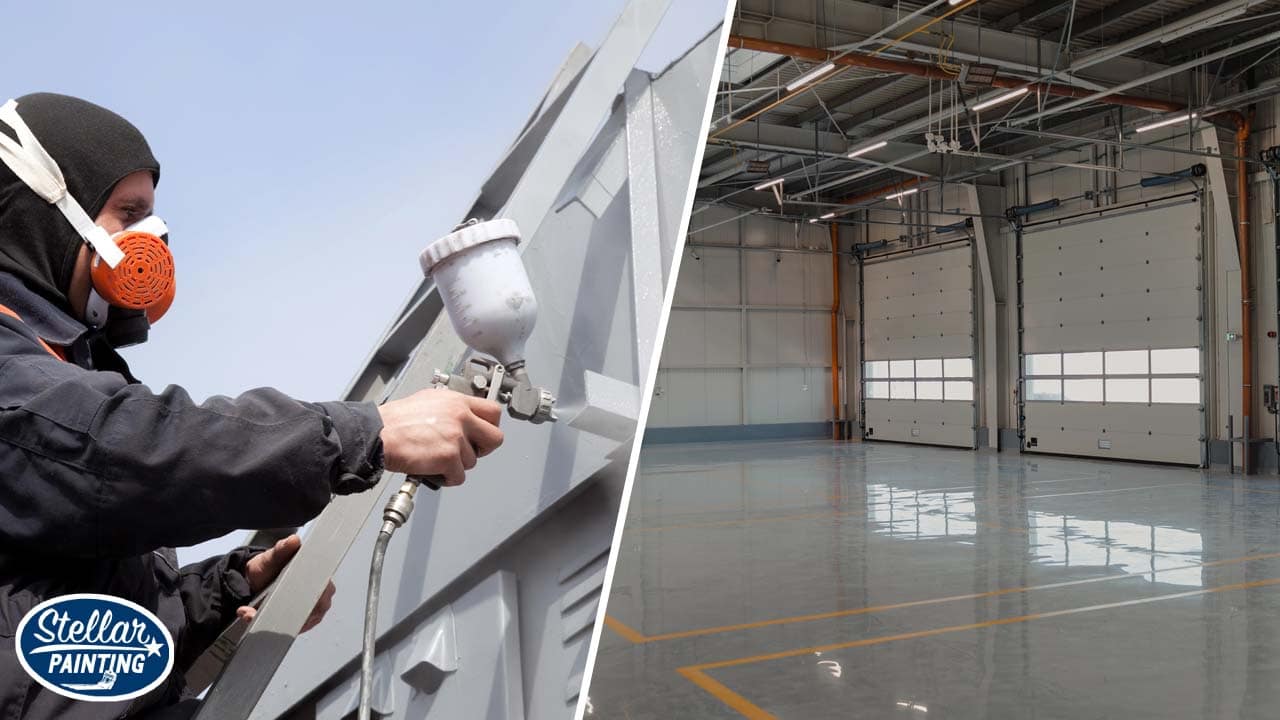
Key Performance Characteristics
of Industrial Coatings
Industrial coatings must deliver exceptional performance under punishing conditions. Understanding the core properties of these high-performance coatings helps facility managers choose the right system for their operational needs. Below, we explore four critical characteristics—chemical resistance, abrasion & impact resistance, temperature & corrosion resistance, and VOC content & environmental compliance—that define the effectiveness of industrial paint properties.
Chemical Resistance
Industrial environments often involve exposure to acids, alkalis, solvents, and other corrosive substances. Coatings with superior chemical resistance form an impenetrable barrier that prevents substrate degradation and maintains structural integrity over time. Epoxy and phenolic systems are frequently specified where aggressive chemical exposure occurs.
Abrasion & Impact Resistance
Heavy machinery, foot traffic, and moving equipment can abrade or dent poorly protected surfaces. High-performance coatings incorporate tough polymers and additives that absorb and disperse mechanical forces, reducing wear and extending maintenance intervals. Polyurethane topcoats are prized for their outstanding abrasion and impact resistance.
Temperature & Corrosion Resistance
Fluctuating or extreme temperatures can cause coatings to crack, delaminate, or lose adhesion. Specialized formulations maintain flexibility and adhesion from subzero environments to temperatures exceeding 300°F. Corrosion-resistant primers and zinc-rich systems further protect steel structures from rust in humid or marine atmospheres.
VOC Content & Environmental Compliance
Modern industrial coatings balance performance with environmental responsibility. Low-VOC and zero-VOC formulations reduce harmful emissions, helping facilities comply with EPA and local air-quality regulations without sacrificing durability. Waterborne epoxies and polyurethanes deliver robust protection while minimizing environmental impact.
Comparison of Key Industrial Coating Properties
Property
Typical Coating Types
Performance Benefit
Compliance Standard
Chemical Resistance
Epoxy, Phenolic
Protects against acids, solvents, alkalis
NACE TM-01-77
Abrasion & Impact Resistance
Polyurethane, Novolac
Minimizes wear, extends service intervals
ASTM D4060 (Taber Abrasion)
Temperature & Corrosion Resistance
Intumescent, Zinc-rich Primer
Maintains adhesion; prevents rust
SSPC PA 2; ISO 12944-5
VOC Content & Environmental Compliance
Waterborne Epoxy, Low-VOC PU
Reduces emissions; meets air-quality codes
EPA Method 24; SCAQMD Rule 1113
This comparison table enables facility managers to quickly assess which high-performance coatings best meet their industrial paint property and compliance requirements.
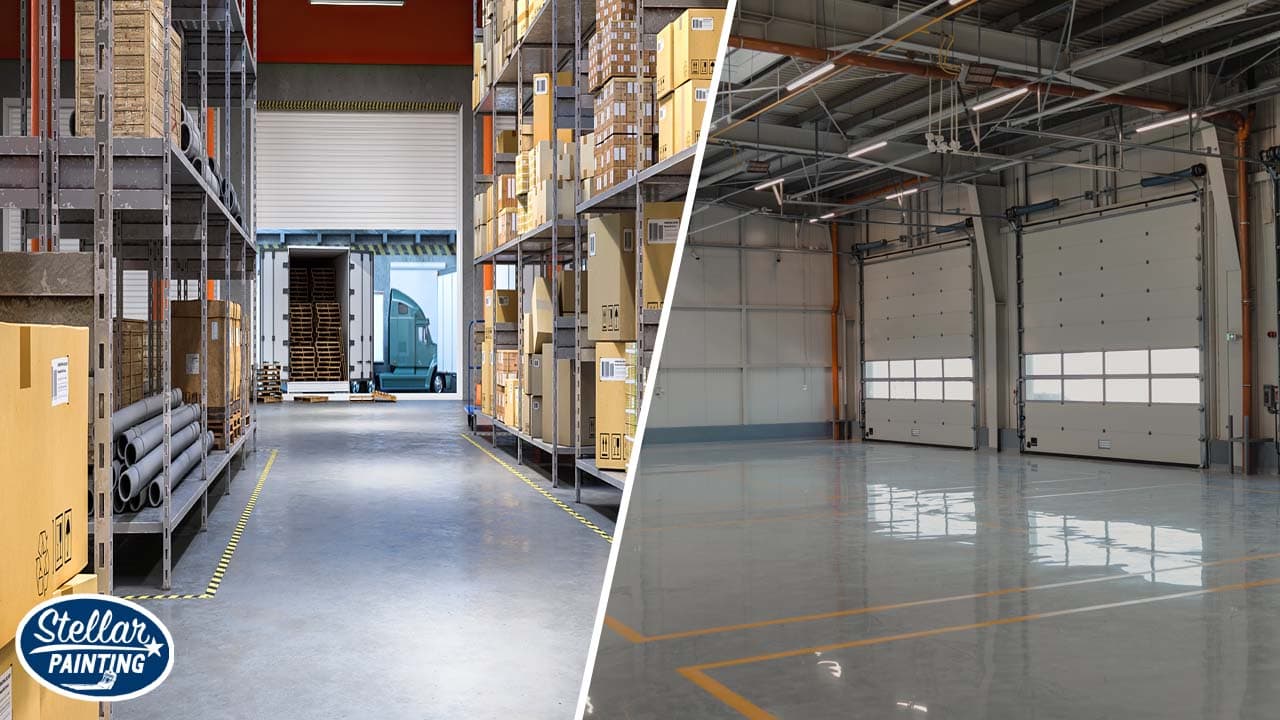
Where Industrial Facility Painting Is Applied
Industrial facility painting delivers critical protection and performance across a wide range of heavy-duty environments. By selecting coatings tailored to each setting’s unique demands, facility managers safeguard assets, extend maintenance cycles, and maintain operational efficiency.
Manufacturing Plants
In manufacturing plants, equipment and structural steel are exposed to constant mechanical wear, chemical spills, and fluctuating temperatures. Industrial painting applications—such as epoxy primers on steel beams and polyurethane topcoats on floors—provide abrasion resistance and chemical protection that keep production lines running smoothly and reduce unplanned downtime.
Warehouses & Distribution Centers
Warehouses and distribution centers require coatings that withstand heavy forklift traffic, pallet impact, and dust abrasion. High-performance floor coatings, including polyurea and novolac epoxies, deliver slip resistance, easy cleaning, and long-lasting durability. Proper facility painting uses in racking systems and mezzanines also prevent corrosion and enhance safety.
Food-Processing Facilities
In food-processing environments, hygiene and chemical resistance are paramount. Coatings must resist aggressive cleaning agents, steam, and intermittent moisture while meeting USDA and FDA sanitary standards. Specialized epoxy and urethane floor systems create seamless, non-porous surfaces that inhibit bacterial growth and simplify sanitation protocols.
Power Generation & Utilities
Power plants and utility infrastructure face extreme temperature cycles, UV exposure, and corrosive atmospheres—especially in coastal or industrial areas. Industrial painting applications like zinc-rich primers, intumescent fire-retardant coatings, and high-temperature polysiloxanes protect turbines, piping, and structural supports from rust, heat damage, and fire risk. These facility painting uses ensure continuous energy production and regulatory compliance.
Advanced Coating Solutions
for Industrial Environments
Industrial operations often demand more than standard paint systems—they require specialty industrial coatings engineered to solve specific challenges. From heavy-traffic floors to fire-risk structures and electrostatic-sensitive areas, advanced coatings deliver tailored performance that maximizes safety, longevity, and regulatory compliance. We examine four leading solutions: epoxy and polyurethane floor systems, fire-retardant and intumescent coatings, anti-static and conductive coatings, and chemical-resistant linings.
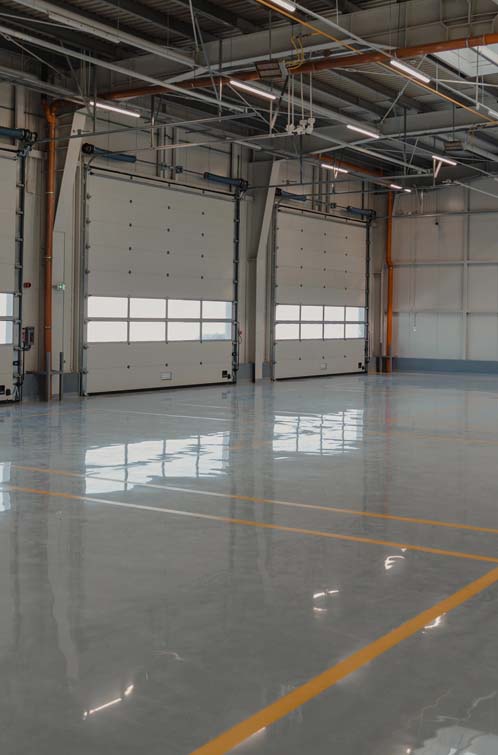
Epoxy & Polyurethane Floor Systems
Epoxy floor coatings are two-component resins that cure into a seamless, high-strength surface resistant to abrasion, impact, and chemical spills—perfect for assembly lines and forklift lanes. Adding a polyurethane topcoat provides UV stability, gloss retention, and flexibility to prevent cracking under thermal cycling. Together, epoxy-urethane systems can last up to five times longer than standard industrial paints, minimize dust, and simplify cleaning.
Fire-Retardant and Intumescent Coatings
Structures in power generation, petrochemical, and manufacturing facilities often require fire-resistance ratings. Intumescent coatings expand under heat to form an insulating char, delaying steel temperature rise and preserving integrity. Tested to ASTM E119 or UL 263, they offer 30–120 minutes of protection and can be applied directly to steel or over primers, eliminating bulky cladding.
Anti-Static & Conductive Coatings
Electrostatic discharge (ESD) risks electronics, pharmaceutical, and grain facilities. Anti-static coatings use conductive fillers (carbon or metal fibers) to dissipate charges and prevent sparks. Compliant with ANSI/ESD S20.20, these systems protect equipment and reduce explosion hazards in dusty environments.
Chemical-Resistant Linings
Aggressive acids, alkalis, solvents, and process chemicals can rapidly degrade unprotected substrates. Chemical-resistant linings—often based on novolac epoxies, vinyl esters, or fluoropolymers—form an impermeable barrier that withstands continuous immersion and splash exposure. These linings are specified to resist specific chemical concentrations and temperatures, ensuring long-term protection of tanks, piping, and concrete containment areas.
Ensuring Safety in Industrial Painting Projects
Safety is paramount when performing industrial facility painting. Robust painting safety procedures protect workers, comply with regulations, and safeguard the environment. Below, we outline key safety protocols—from regulatory compliance to waste handling—that ensure every coating project proceeds without incident.
OSHA & NFPA Compliance
Industrial painting services must adhere to OSHA standards for hazardous materials (29 CFR 1910) and NFPA guidelines for flammable liquids (NFPA 33). These regulations dictate proper storage, handling, and application of coatings to minimize fire and health risks. Regular audits and safety training ensure ongoing compliance.
Personal Protective Equipment (PPE)
Appropriate PPE—such as respirators, chemical-resistant suits, gloves, and eye protection—is essential to shield painters from inhalation hazards and skin contact with solvents, isocyanates, and particulates. Fit testing and PPE maintenance protocols guarantee effective protection throughout the project.
Key Safety Measures for Industrial Painting
Safety Area
Requirement
Reference Standard
Regulatory Compliance
OSHA Hazard Communication; NFPA flammables
29 CFR 1910; NFPA 33
Personal Protective Equipment (PPE)
Respirators, chemical suits, gloves, goggles
OSHA 1910.134; ANSI Z88.2
Ventilation & Confined Spaces
Air monitoring, supplied-air, LOTO procedures
OSHA 1910.146; NFPA 91
Waste & Environmental Controls
Hazardous-waste labeling, spill containment
RCRA; EPA 40 CFR 260
Ventilation & Confined-Space Protocols
Adequate ventilation prevents buildup of volatile organic compounds (VOCs) and solvent fumes. In confined spaces, continuous atmospheric monitoring and supplied-air systems are required per OSHA confined-space entry standards. Lockout/tagout procedures further protect personnel from mechanical hazards.
Environmental & Waste-Disposal Regulations
Spent solvents, paint chips, and rinse water are classified as hazardous waste under RCRA. Industrial coating safety demands proper labeling, storage, and disposal via licensed hazardous-waste handlers. Spill-prevention plans and secondary containment mitigate environmental contamination.
Meeting Longevity Standards
for Industrial Coatings
Expected Lifespan & Maintenance Cycles
High-performance coatings typically last 5–15 years, depending on service conditions and coating type. Routine inspections—every 6–12 months—identify early signs of wear, such as chalking or blistering, and trigger spot repairs. Scheduled full maintenance cycles align with production shutdowns to optimize operational continuity.
Surface Preparation & Adhesion Best Practices
Proper adhesion begins with thorough surface preparation. Techniques include abrasive blasting to an SSPC-SP 10 (near-white) finish on steel and acid etching or shot blasting on concrete. Cleaning with industrial solvents removes oils and contaminants. A qualified coating inspector should verify surface profile and cleanliness before primer application to prevent premature coating failure.
Impact of Moisture, Chemicals, UV Exposure
Moisture intrusion under coatings leads to blistering and delamination; using vapor-barrier primers on concrete slabs mitigates this risk. Chemical exposure degrades film integrity—select chemical-resistant topcoats for areas with frequent spills. UV radiation accelerates polymer breakdown; UV-stable polyurethanes or polysiloxane coatings protect outdoor structures and maintain color and gloss retention. Continuous monitoring of environmental conditions and choosing coatings rated for specific exposures are essential for long-lasting paint performance.
Our Proven Four-Phase
Industrial Painting Method
Delivering a long-lasting, high-performance finish starts with a professional and systematic approach. Our four-phase industrial painting process is designed to meet the toughest facility requirements—from structural steel to production floors—ensuring strong adhesion, maximum durability, and regulatory compliance at every step.
Surface Inspection & Preparation
Every project begins with a detailed inspection to assess surface conditions and identify potential issues such as rust, contamination, or moisture intrusion. Preparation methods vary by substrate and may include abrasive blasting, solvent cleaning, or mechanical grinding. Achieving the correct surface profile is critical to maximizing coating adhesion and performance, making this the most important step in the entire four-step coating process.
Primer Application
Once surfaces are prepped and verified, the appropriate primer is applied based on substrate type and environmental conditions. Zinc-rich primers protect steel against corrosion, while epoxy primers enhance adhesion to concrete or previously painted surfaces. Accurate film thickness and even coverage are verified during this stage to establish a reliable foundation for all subsequent coating layers.
Base Coat & Specialty Coating
The base coat provides bulk protection and is often customized with specialty industrial coatings—such as epoxy floor systems, anti-static compounds, or fire-retardant materials—tailored to the specific needs of the facility. The choice of coating depends on exposure to chemicals, abrasion, temperature swings, and operational demands.
Topcoat & Quality Inspection
The final topcoat adds UV resistance, gloss retention, and an additional barrier to environmental damage. This layer also provides the finished aesthetic for public-facing areas. Once complete, the entire project undergoes a rigorous quality inspection, including dry film thickness (DFT) testing, adhesion verification, and a walkthrough with facility management to ensure all specifications are met.
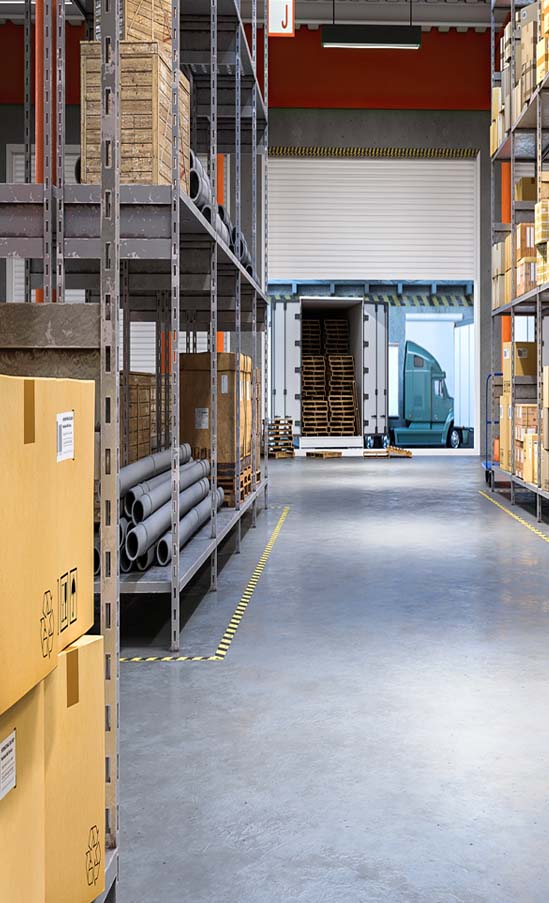
Frequently Asked Questions About Industrial Facility Painting
Facility managers and operations teams often have important questions when planning an industrial painting project. From regulatory standards to maintenance schedules and operational impact, this industrial painting FAQ addresses the most common concerns related to facility painting.
What Standards Govern Industrial Facility Painting?
Industrial facility painting must comply with a range of standards, including SSPC (Society for Protective Coatings), NACE (National Association of Corrosion Engineers), and OSHA regulations. For specific environments, additional compliance may be required with NFPA (National Fire Protection Association) or FDA guidelines—especially in food processing or chemical manufacturing settings. Coating systems are also evaluated by ASTM and UL performance benchmarks.
How Often Should Coatings Be Inspected or Reapplied?
Inspection frequency depends on the facility’s exposure conditions. Generally, coatings should be inspected every 6 to 12 months to check for chalking, peeling, or corrosion. Reapplication timelines vary, but high-quality systems can last between 5 to 15 years. Touch-up and spot repairs may be required sooner in high-traffic or chemically exposed zones.
Can Production Continue During Painting?
Yes, in many cases, painting can be phased around active operations. Low-VOC and fast-curing coating systems minimize disruption and reduce downtime. Projects in sensitive environments, such as cleanrooms or food facilities, may require after-hours scheduling, negative air containment, or temporary isolation zones.
What Warranties and Guarantees Are Typical?
Most reputable industrial painting contractors offer warranties ranging from 1 to 5 years, depending on the type of coating, surface preparation, and exposure conditions. Guarantees often include adhesion performance, coverage consistency, and compliance with the original project specifications. Extended warranties may be available with ongoing maintenance contracts.
Get Your Free Industrial Facility
Painting Estimate Today
Ready to protect and beautify your facility? Stellar Painting delivers high-performance industrial painting solutions designed for safety, longevity, and regulatory compliance. Whether you’re upgrading a warehouse floor or applying specialty coatings in a manufacturing plant, our team is equipped to handle the job with precision and care.
Call (682) 432-0558 today for a free painting estimate and learn how Stellar Painting’s industrial painting services can enhance your facility’s durability and appearance. Let us help you achieve a clean, compliant, and professional finish that stands up to even the harshest environments.
Areas We Serve
We proudly provide painting services for these Ft Worth, TX areas:
Downtown Fort Worth, Sundance Square, Cultural District, Near Southside, Medical District, Panther Island, West 7th District, Stockyards District, Upper West Side, Trinity Bluff, Six Points, Diamond Hill-Jarvis, Marine Creek Ranch, Eagle Ranch, Lake Country, Heritage, Villages of Woodland Springs, Sendera Ranch, Oakhurst, Fossil Park, Park Glen, Summerfields, Arcadia Park, Coventry Hills, Basswood Park, Bar C Ranch, Alexandra Meadows, Crawford Farms, Vista Meadows, Twin Mills, Watersbend, Chisholm Ridge, Presidio West, Harmon Ranch, Graham Ranch, Hillsborough, Parkwood Hill, Villages of Eagle Mountain, Boswell Ranch, Innisbrook Place, Harbour Points, Chapin Village, Monticello Park, Hills at Fossil Creek, Montserrat, Chapel Hill, Trails of Willow Creek, Lakes of River Trails, Lago Vista at Bonds Ranch, Skyline Terrace, Basswood Village, Stone Hollow, Ridgeview Estates, True Acres, Merwick, Bluestem Walton, The Township on Hulen Bend, Wind Ridge, Lakes of River Trails North, Westview at the Villages of Woodland Springs, Augusta Meadows, The Preserve, Burney, The Sunset at the Villages of Woodland Springs, Prairie Meadows at the Villages of Woodland Springs, Sabine Place, Lake Vista Ranch, Wolfe Mamie, North Riverside Apartments, Stone Valley at the Villages of Woodland Springs, The Highlands of Glenwood, Sargent Avenue, Bellevue Hill, Bluebonnet Place, Colonial Hills, Tanglewood, Park Bend Estates, Seminary Hill, Sylvan Heights West, Sandybrook, Morningside Park, Polytechnic Empowerment, Highland Homes, Southwest Hills, Fort Worth Vista West, River Park, Spring Ranch, Vista West, Overton West, Golden Gate, Bluebonnet Hills, Camelot, Candleridge, Colonial, Bellaire, Greenbriar, Hallmark, Hulen Heights, Highland Hills, Mira Vista, Morningside.
We also provide interior and exterior painting services for these Benbrook, TX areas:
Bellaire Country Place, Bellaire Park Townhomes, Benbrook Estates, Benbrook Lakeside, Boston Heights, Boston Heights Condominiums, Brooks Moreland, Brookside at Benbrook Field, Cedar Creek Townhome Condominiums, Cedar Square, Chapin Commons, Clearfork Trail, Coates Circle Condominiums, Copper Crossing Apartments, Country Club Condominiums, Country Day Estates, Cross Creek Ranch Apartment Homes, Glen Avon, Greenbriar Benbrook, Greenwood Creek Apartments, Hallman, Heights of Benbrook, Heritage Hills, Highland Park Apartments, Hills of Whitestone, Hilltop Heights, La Bandera at Team Ranch, La Cantera at Team Ranch, La Vista at Team Ranch, Meadow Park Benbrook, Mira Bella, Mont Del, Mont Del Estates, Murphys Meadows, North Benbrook, One Main Place Condominiums, Palomino Estates, Pecan Valley, Reata Place at Team Ranch, Reata West at Team Ranch, Russ Lo Valley, Shady River Estates, Team Ranch, The Benbrook Meadows, The Queen’s Court, Timber Creek, Timber Creek Square Town Homes, Trinity Gardens Benbrook, Trinity Oaks Condominiums, Trinity Park Estates, Valley West, Victorian Quarters, Vista Way Town Homes, Wallace Heights, Waterwood Circle, Waterwood Place, Westpark Estates, Westvale, White Stone, White Stone Heights, Whitestone Ranch, Winchester Estates.
We proudly provide residential painting services for these areas near Fort Worth and Benbrook, TX:
White Settlement, Westworth Village, River Oaks, Sansom Park, Lake Worth, Edgecliff Village, Haltom City, Everman, Forest Hill, Aledo, Crowley, and Lakeside.
Industrial Facility Painting Fort Worth, TX
Stellar Painting is one of the top painting companies in Fort Worth, TX, providing expert interior painting, exterior painting, and cabinet painting services. Our skilled painters deliver high-quality results for residential painting projects, ensuring homes look fresh and vibrant. As trusted painting contractors, we also specialize in commercial painting, enhancing businesses with professional finishes. Whether you need house painters or are searching for a “painter near me,” our team is dedicated to excellence. Choose Stellar Painting for outstanding service in Fort Worth. We use premium materials and proven techniques to ensure every project exceeds expectations and stands the test of time. Call us today to receive a free estimate.
Industrial Facility Painting Benbrook, TX
Stellar Painting is a trusted painting company in Benbrook, TX, known for providing top-quality services for homeowners and businesses. As one of the premier painting companies in the area, we specialize in residential painting, including interior painting, exterior painting, and cabinet painting, ensuring flawless results for every project. Our skilled painters deliver exceptional craftsmanship, whether you need experienced house painters for a home refresh or reliable painting contractors for a larger project. Searching for “painters near me”? Stellar Painting is your go-to solution. We also serve businesses with professional commercial painting services, making us a versatile choice for all your painting needs.
